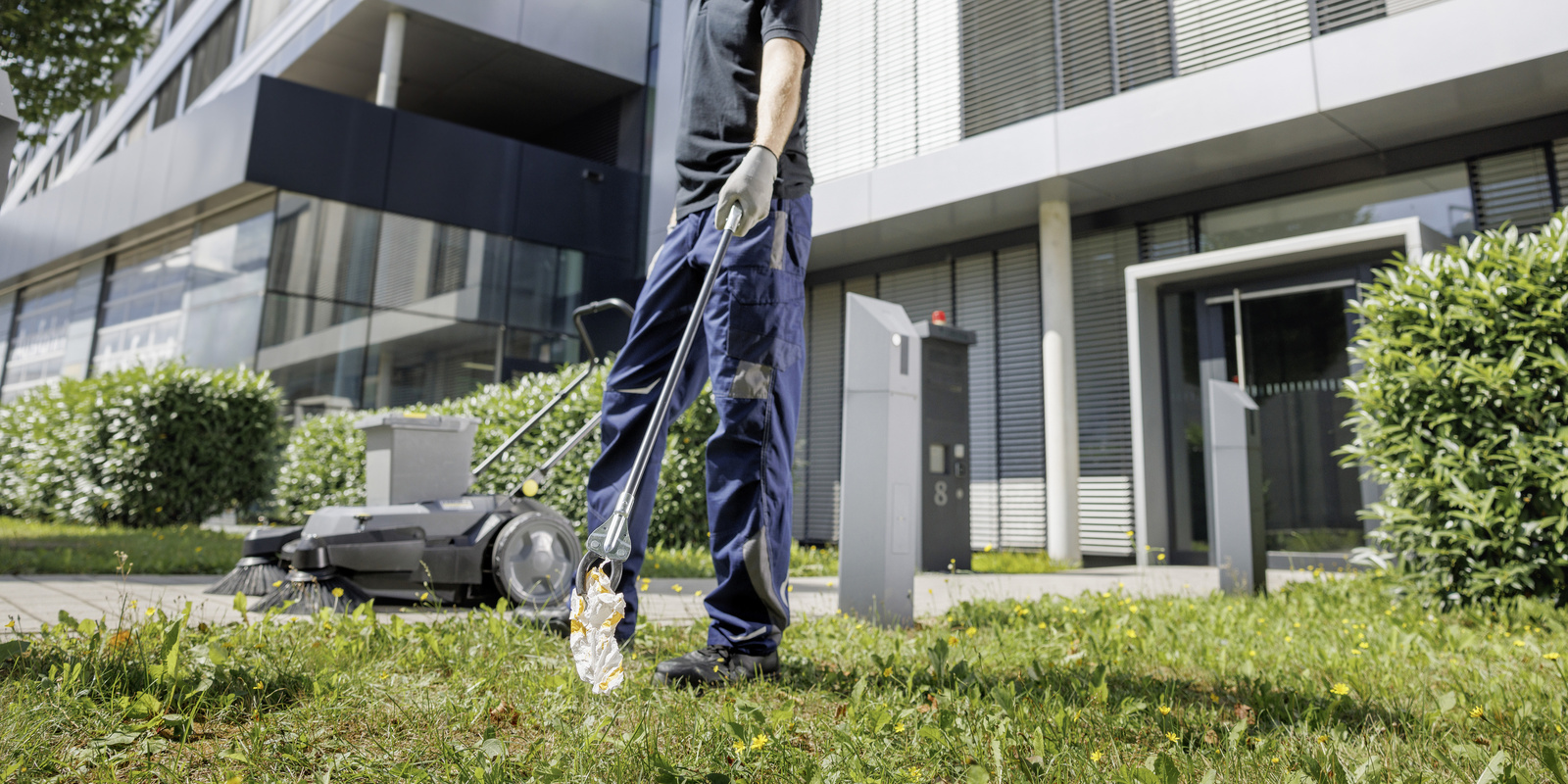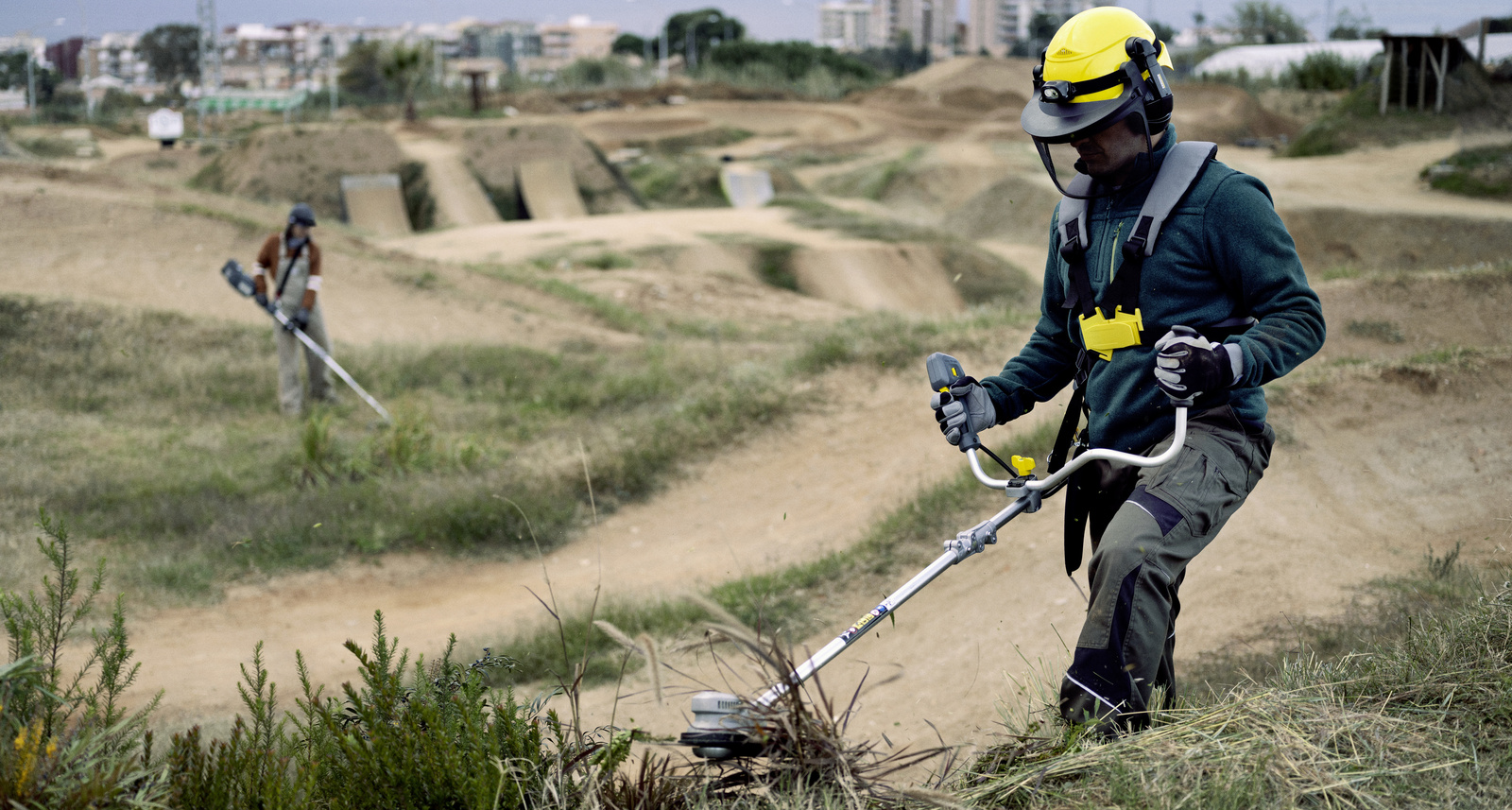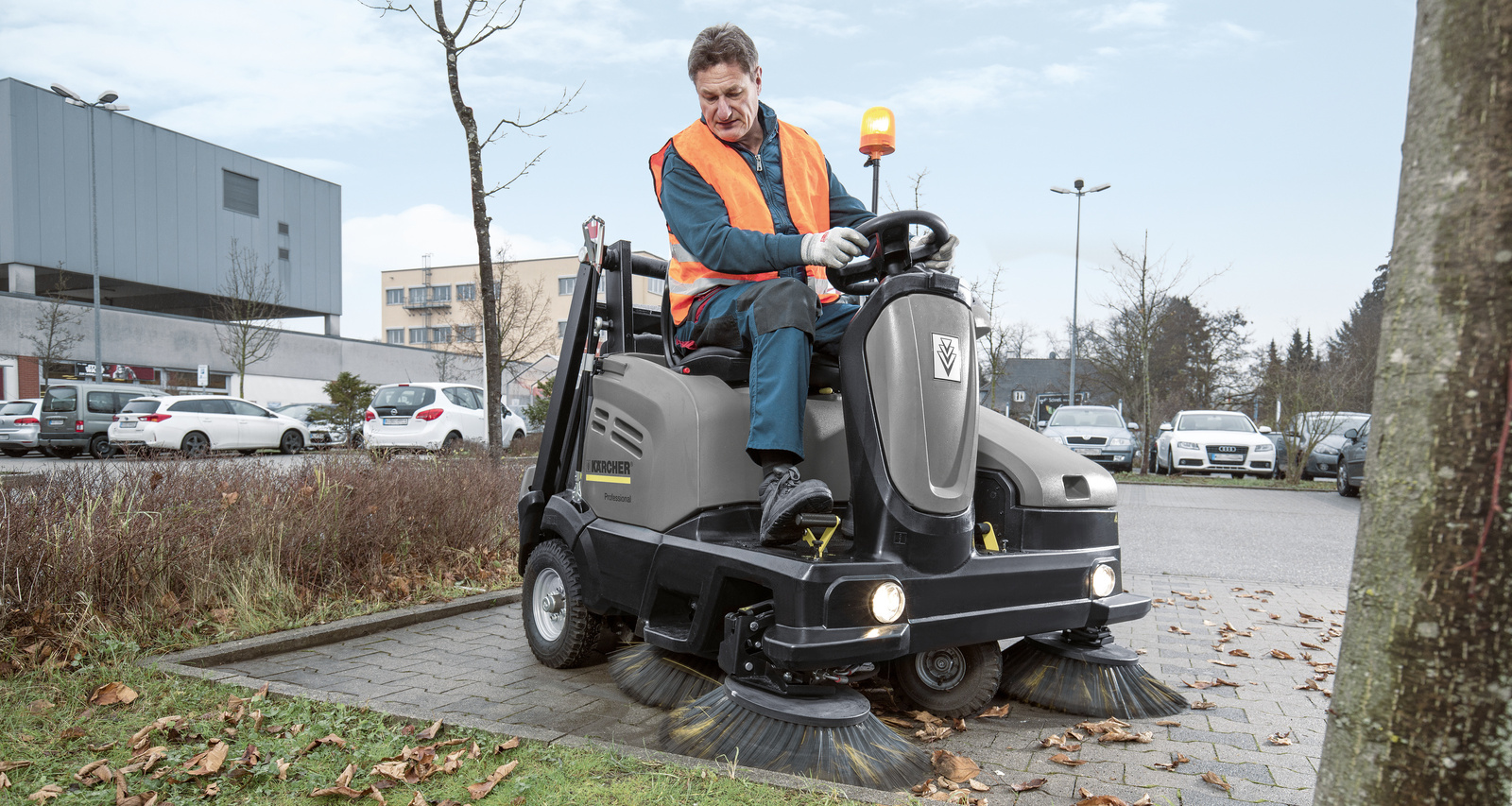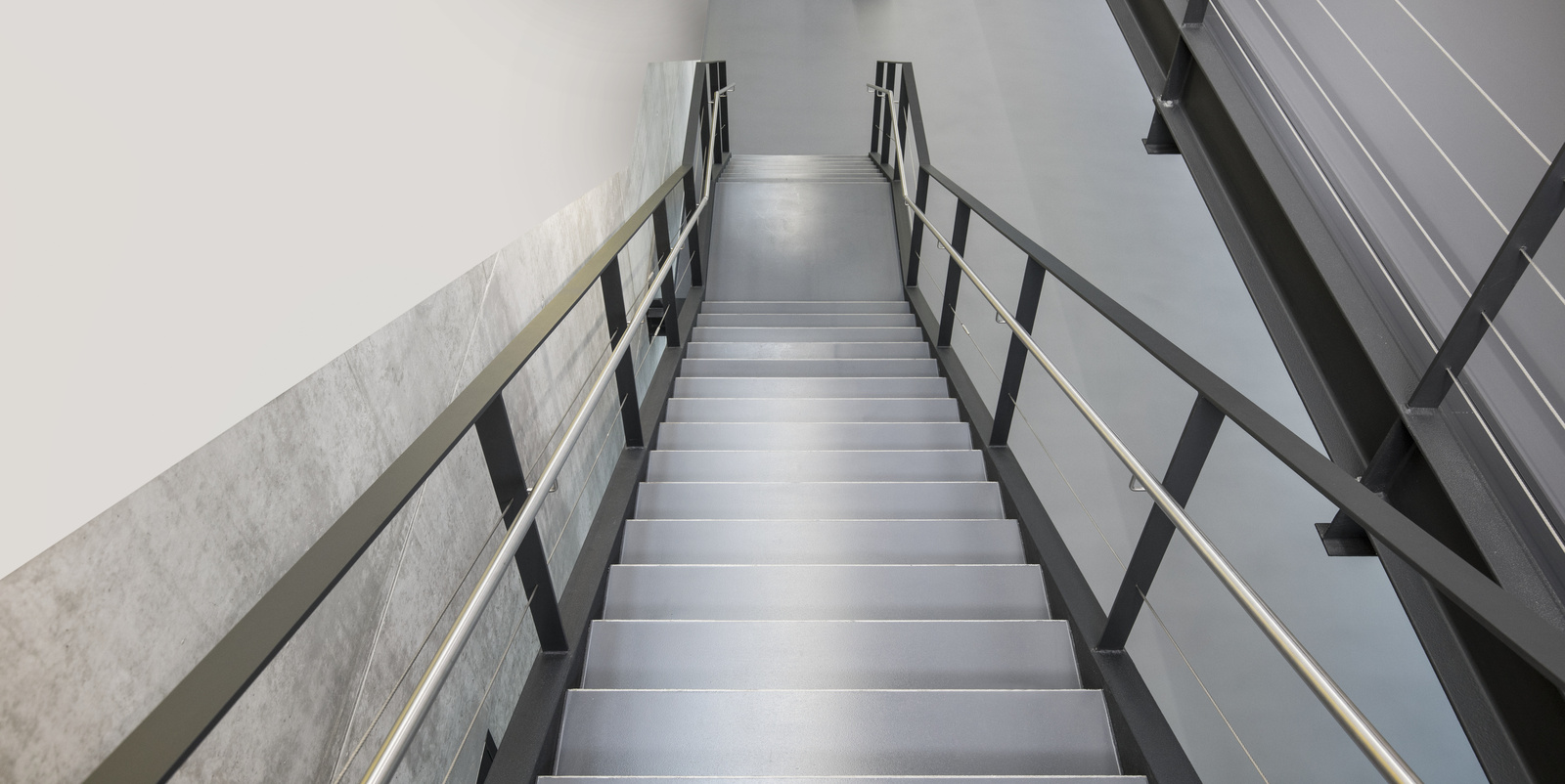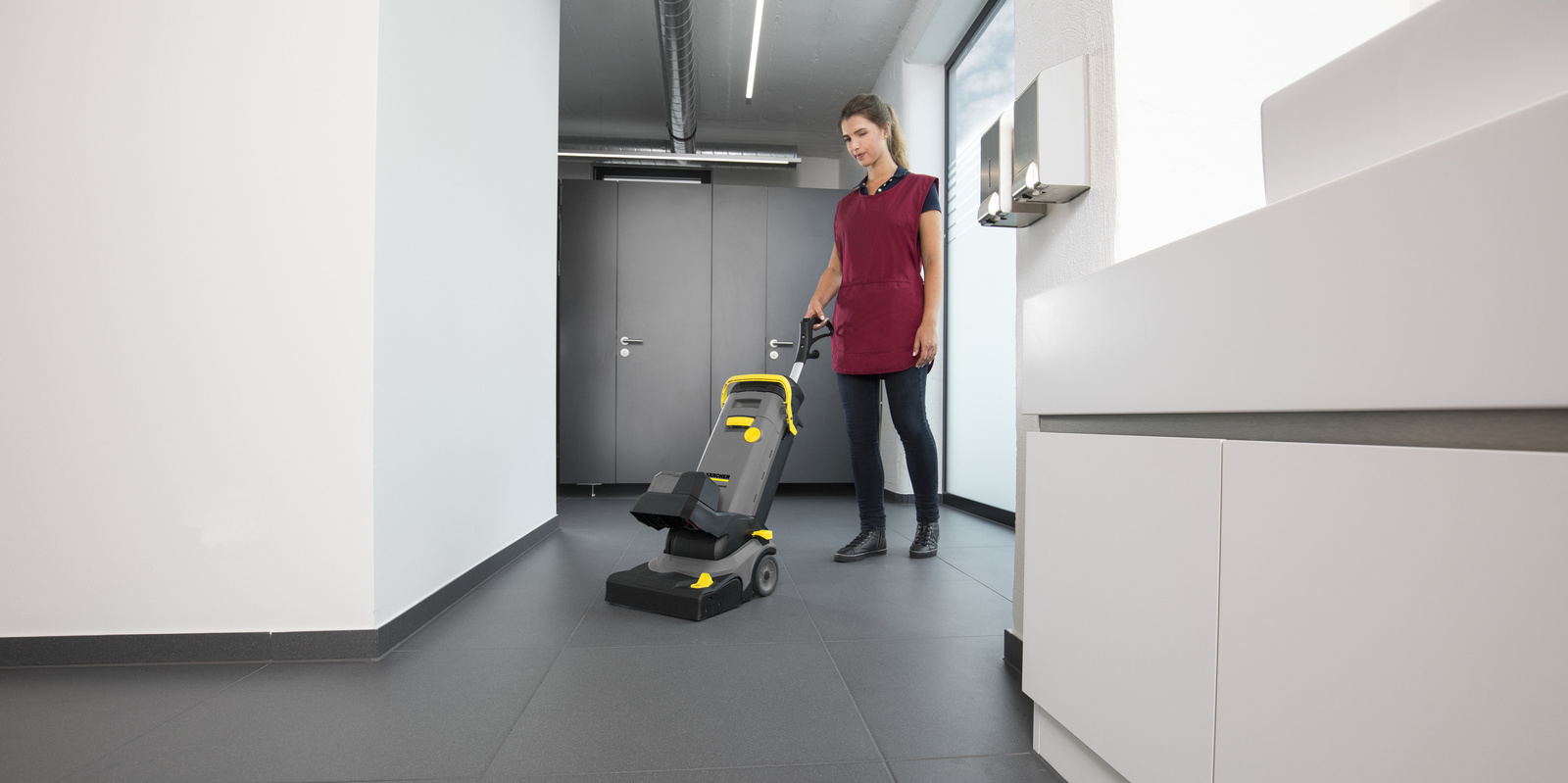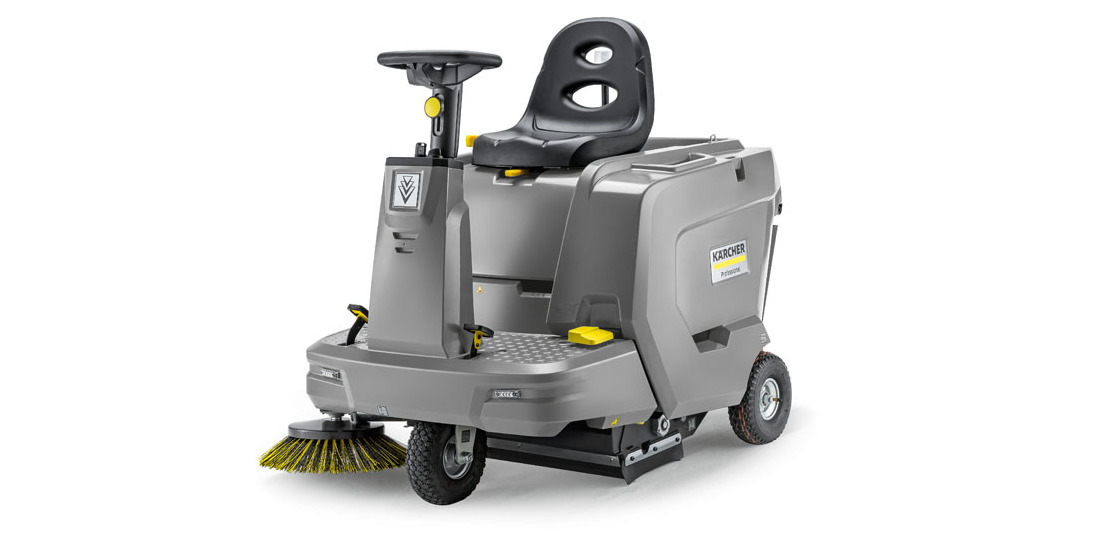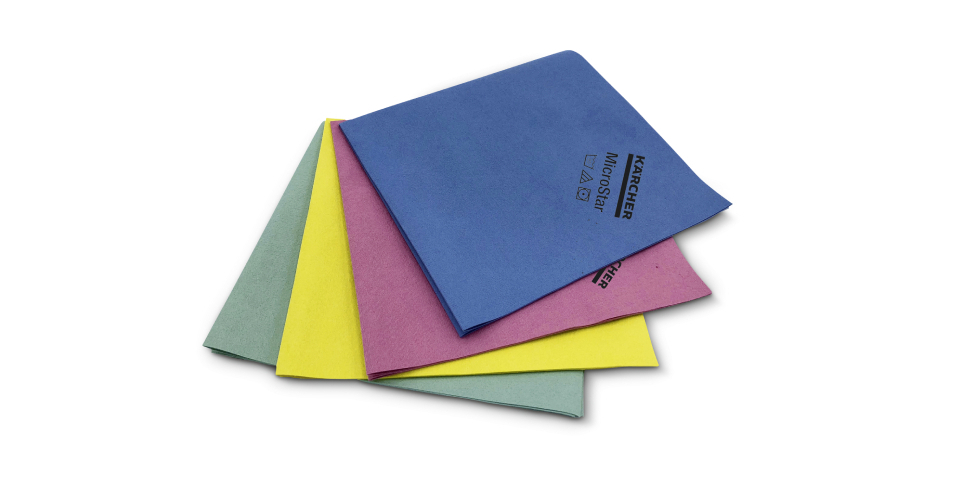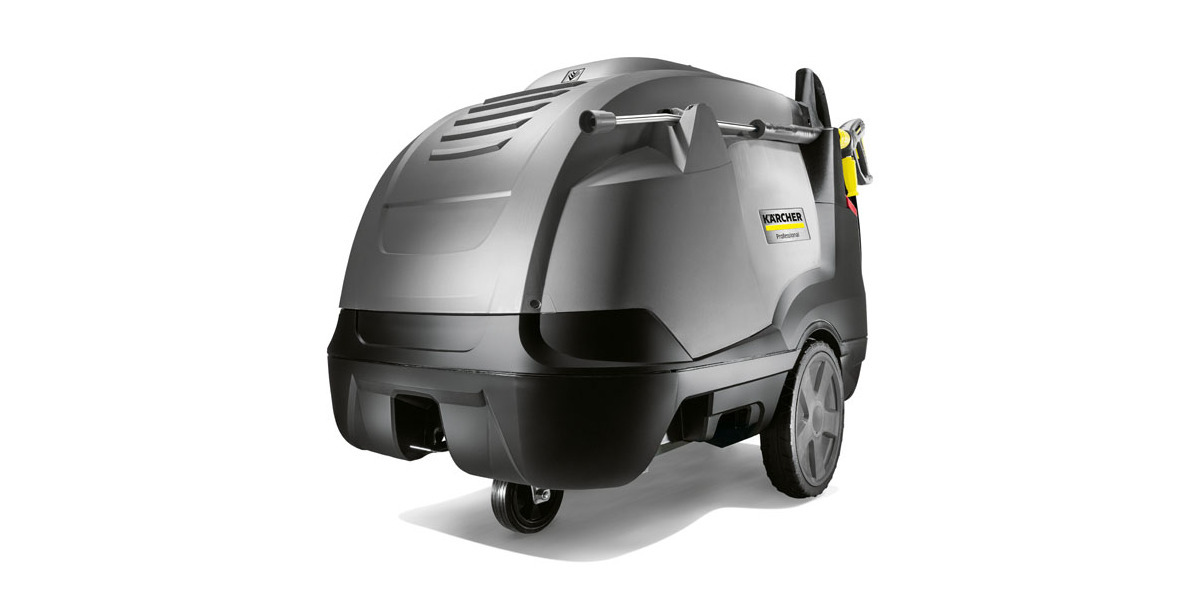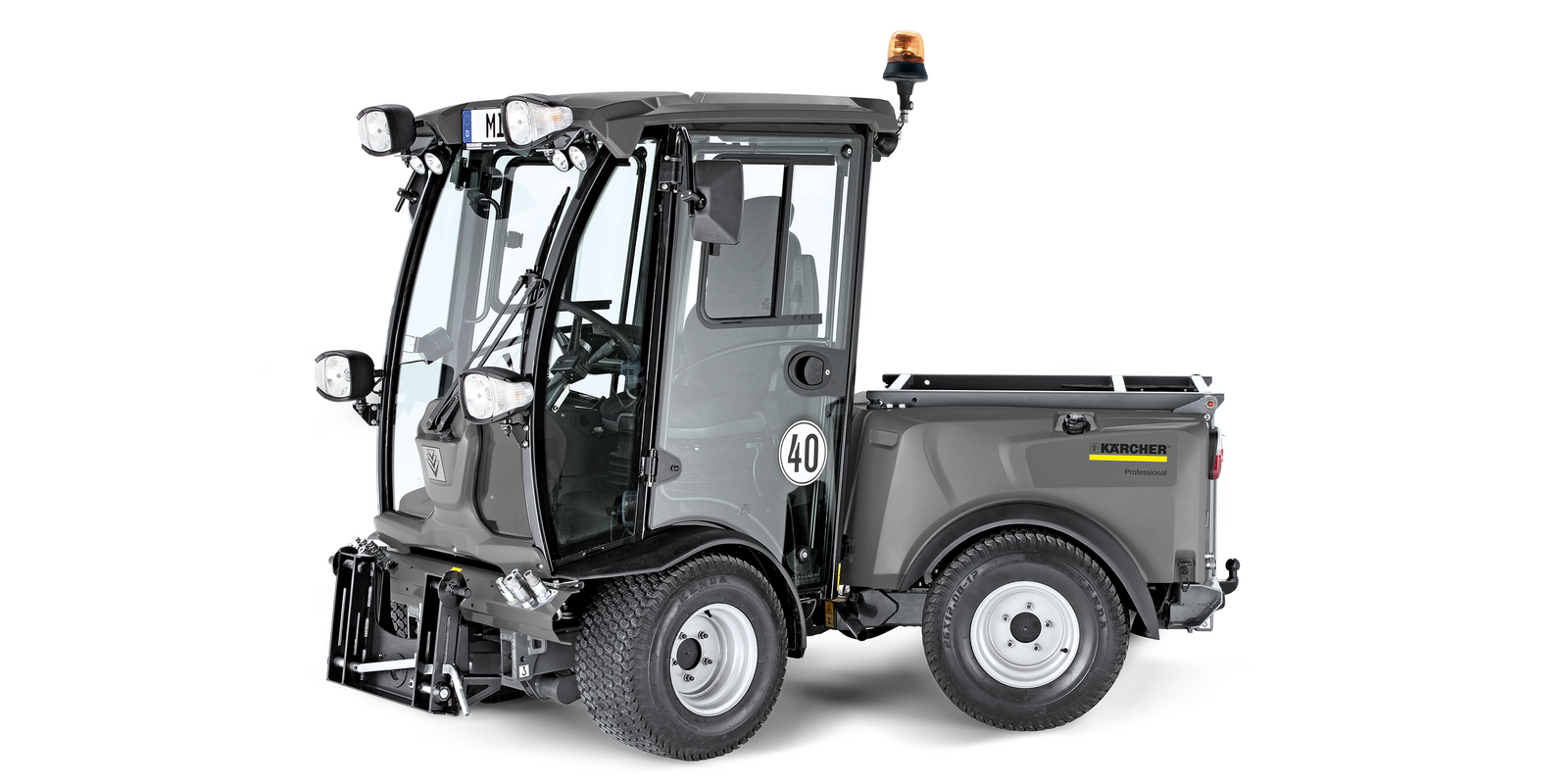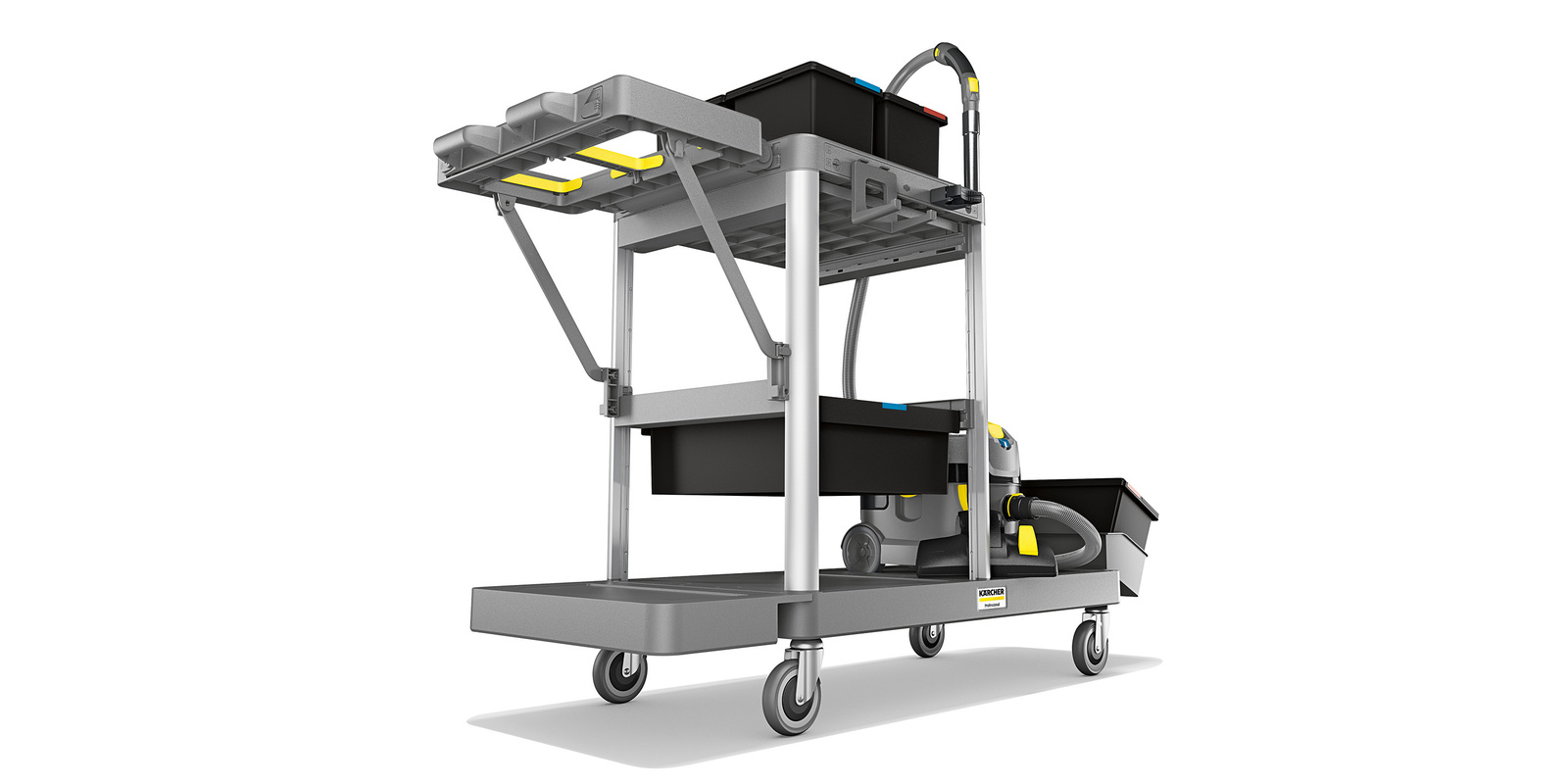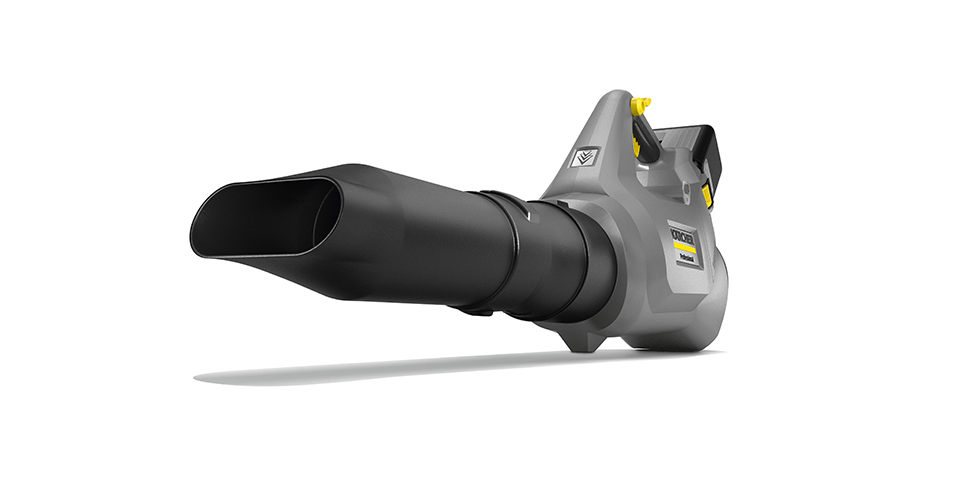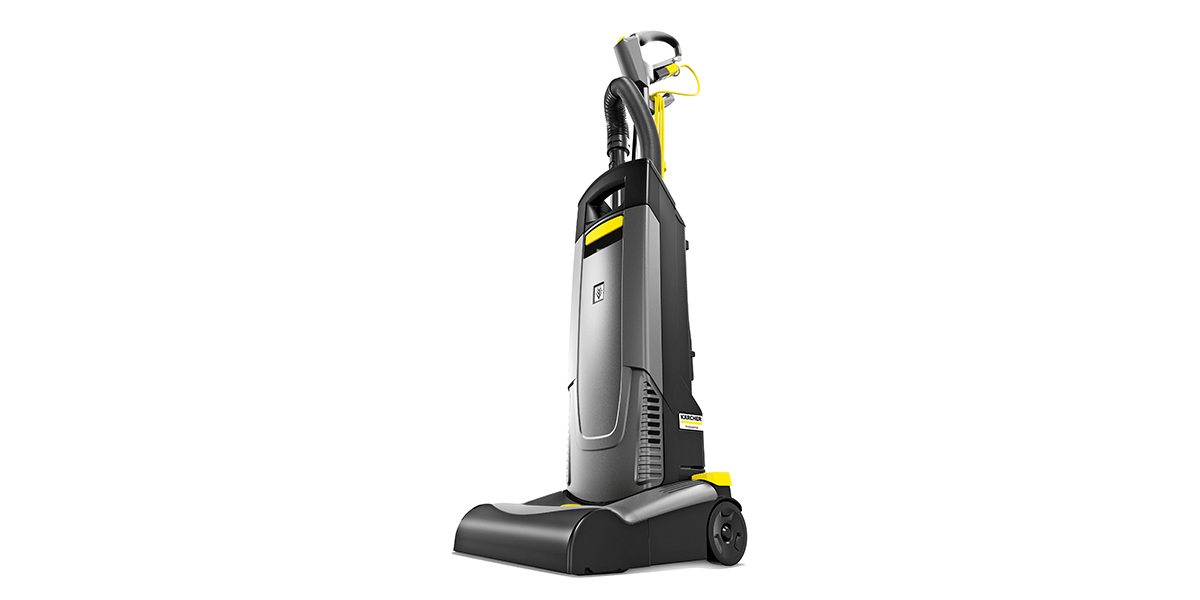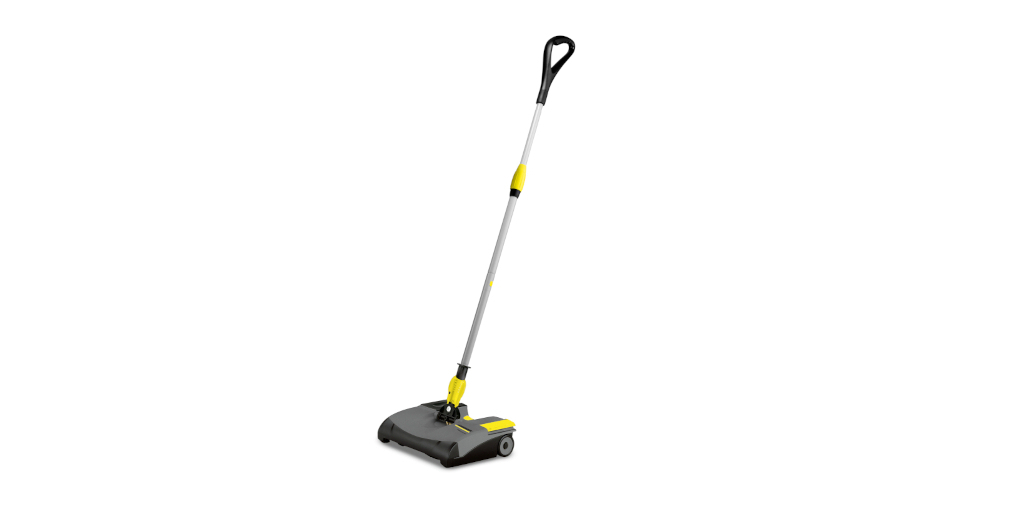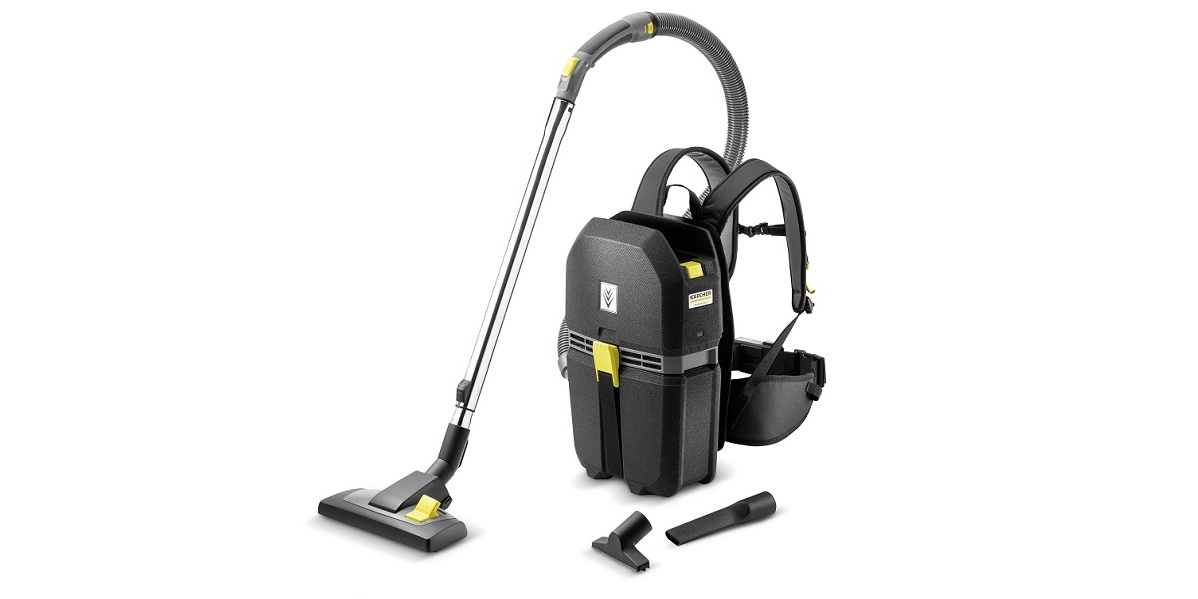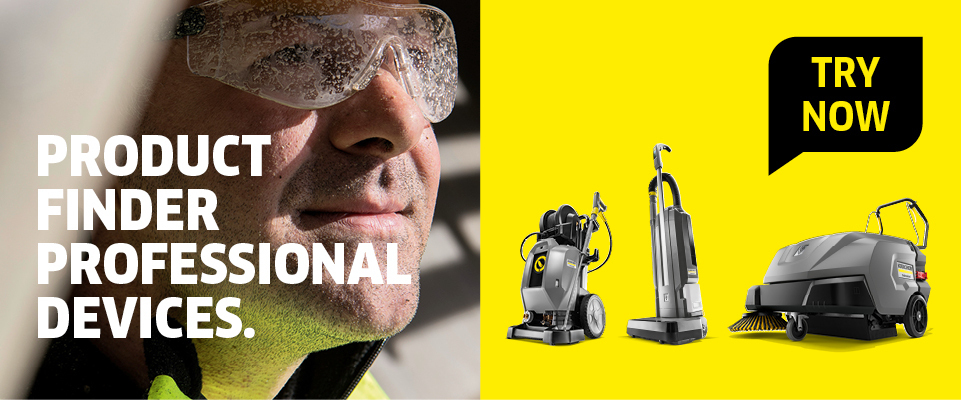Cleaning car parks
Whether hotel multi-storey car parks, underground car parks at airports and shopping centres or public car parks, guests, passengers and customers are given a first impression the moment they park their vehicle. Cleanliness plays an important role here, because a well-maintained space is not only visually appealing, but also gives people a sense of reassurance. A structured approach to cleaning is therefore very important, with efficient cleaning technology taking the strain off staff and ensuring good results.
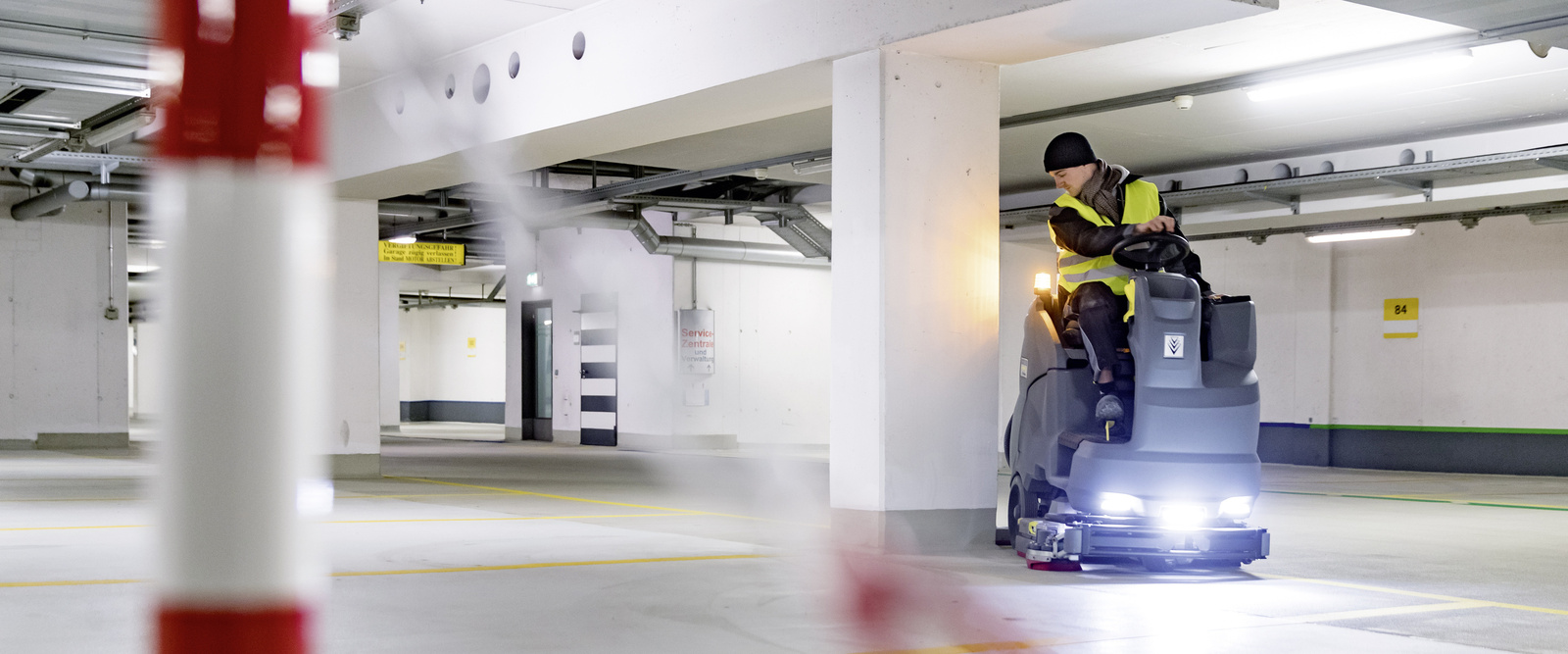
A cost-effective approach to car park cleaning
Given the shortage of skilled workers and the time pressures involved, it's important that cleaning operations are as cost-effective as possible. The key thing is to focus on the essential tasks and to adequately train and equip cleaning staff to handle these. This saves time and money over the long term, while financing solutions can ease the strain on the budget.

What's the best way to go about it? Good planning is the key to success.
In multi-storey car parks, underground car parks and similar parking facilities, maintenance cleaning during opening hours is essential to ensuring that visitors have a good impression of the premises and feel at ease upon arrival. In order to implement efficient processes, it's important to take note of the regular condition of the facilities during the planning phase, as this can reveal important details about what sort of measures need to be put into place. If staff frequently find themselves collecting rubbish off of the floor, for example, then there may be too few bins around, or the bins may be too small. By solving problems such as these, significantly less work will be required for waste management, meaning that cleaners' time can be used more effectively elsewhere.
Full-surface cleaning of floors is another key consideration for maintaining multi-storey car parks or underground car parks, which is why it's important to use the right cleaning technology. The types of machine that are most suitable depend firstly on the size of the facility and secondly on the local weather conditions. The type and intensity of dirt encountered and the type of floor covering fitted also play a significant role in determining which machine to use. Once the right solution has been found, a good cleaning result can be achieved in considerably less time.
Investments that pay off: flexible financing and staying solvent
Good cleaning technology comes with a price tag. In order to work as economically as possible, the operating costs (TCO: Total Cost of Ownership) should be calculated over the period of use. The higher the labour costs, the quicker the investment in efficient technology will pay for itself. This will also relieve the pressure on staff and reduce sick leave. In order to maintain solvency when making these new investments, the burden can also be reduced through financing solutions. In addition to traditional leasing, there are also "pay-per-use" models. This can be useful for machines that are only used seasonally, e.g. for green space maintenance or winter services. It is recommended to use providers who do not set a minimum usage for their products, but instead only calculate the actual usage of the machine.
Tip – Pay-per-use:
As a particularly customer-friendly initiative, some manufacturers even offer pay-per-use models for consumables.
Financing solutions
In growth industries such as the cleaning sector, customers always need flexible financing options available in order to survive in the market. This applies to a variety of scenarios: building service contractors using leased cleaning technology, tradespeople using the pay-per-use model to access portable cleaning solutions, local authorities procuring large purchases for their vehicle fleets. If manufacturers of cleaning technology offer in-house financing, stand-alone solutions with multiple financing partners become superfluous and offers can be tailored to the cleaning requirements instead.
Cleaning car parks: a clean outside area
A clean outside area is not only visually appealing, but also reduces the amount of dirt that enters the building. Adequate waste disposal plays a key role in this. The appropriate cleaning technique must be selected according to the weather conditions, the type of soiling and the setting.
Beautiful inside and out: reducing the dirt that gets inside
To give visitors a good first impression when they arrive at a multi-storey or underground car park, cleanliness is all-important – even before they drive in. The added benefit of this is that less dirt enters the building from outside, which in turn reduces the amount of cleaning required inside. As such, it is important to regularly clear all access roads, footpaths and outdoor parking areas of rubbish, dust, dirt, etc.
Say goodbye to litter: waste disposal
Litter is a major issue in multi-storey and underground car parks. A litter picker is a practical tool for collecting waste, which is gentle on the back. Packaging, drinks cans and more can be picked straight off the floor and deposited in a rubbish sack. When emptying rubbish bins, staff should check whether the bin itself needs to be cleaned to prevent a build-up of germs and unpleasant odours. Cleaning staff should wear personal protective equipment (PPE), including work gloves. Waste must be separated prior to disposal in accordance with local waste regulations.
No chance for dirt and germs: surface cleaning in and around car parks
In multi-storey car parks and underground car parks, there are numerous surfaces that people's skin will frequently come into contact with, and so special attention should be paid to these in the course of cleaning measures. Examples include handrails in stairwells or surfaces on automatic pay stations. To save time when cleaning surfaces, the pretreatment or spraying method can be used. For this, cleaning staff use cloths that have been folded over twice and presoaked with the right amount of detergent, or to which cleaning solution has been applied with a foam dispenser. Each surface is then cleaned with a fresh side of the cloth. Once every side of the cloth has been used, it is replaced with a completely fresh cloth.

Tip – Cleaning trolleys:
Work can also be made more efficient by using cleaning trolleys with modules for different cleaning tasks, which can be docked or undocked on the go. A system that can be accessed from all sides and provides mobile storage for all the necessary tools is particularly helpful and user-friendly.

Dust, leaves, snow and more besides: keeping outside areas well maintained in any weather
During dry periods, sweeping is the most effective option for keeping access roads, ramps and parking spaces in outside areas clean. For smaller areas, a manual sweeper is sufficient; for larger areas, a ride-on sweeper is the right choice.
Tip – Cleaning according to the amount of dirt:
As a rule, areas should not be cleaned in a linear fashion, but according to the amount of dirt that accumulates in each case – i.e. heavily frequented areas such as access routes should be cleaned more often than rarely used parking spaces.
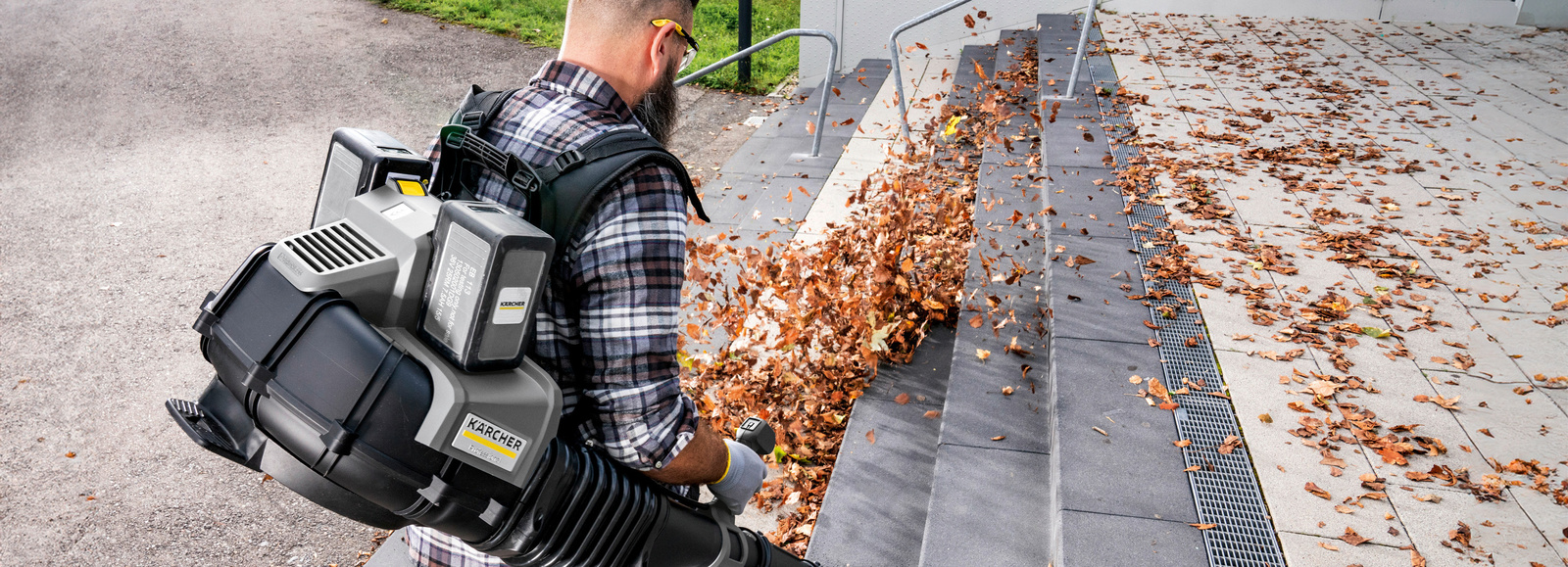
If there are a lot of leaves, it is worth investing in a leaf blower that will move the leaves to where the sweeper can pick them up. Loose dirt and rubbish can also be removed quickly and efficiently from external stairs in this way. Battery-powered leaf blowers are particularly quiet and easy to handle for such tasks.
If the property has green spaces, these will also require maintenance. The right green space maintenance technology should be selected according to the setting and the scope of the project. For larger areas, it's worth purchasing an implement carrier that can be used with various attachments for mowing work as well as for winter services.
Tip 1 – Cleaning external stairs properly:
External stairs should be periodically cleaned with high-pressure cleaners to remove stubborn dirt such as bird droppings, moss or lichen. It's important to ensure a sufficient supply of water for this.
Tip 2 – Watering must not be overlooked:
Don't forget about plants in planters: they should be watered regularly to keep them looking cared-for and attractive to visitors.
Green space maintenance
Mowing lawns, landscaping green spaces, keeping hedges and trees in check: the list of jobs for green space maintenance teams is a long one. Powerful cordless machines are now available on the market for many tasks, from brush cutters to pole-mounted pruners and hedge trimmers. There are also various types of mower designed for implement carriers, sustainable options for weed removal and safety vacuum cleaners to aid in the fight against the oak processionary moths.
Removing weeds
Countering weeds effectively is a major challenge in municipalities and agriculture. Chemical products are available, but they are often harmful to the environment and can only be used to a limited extent in public spaces. Dandelions, thistles, etc. can be removed using hot water and without any herbicides – a procedure that protects the environment as well as surfaces.

When it snows, an appropriate solution for the size of the area and the amount of snow should be used to ensure safety and clear paths. Narrow-track vehicles with snow ploughs or snow throwers, for example, offer the advantage that they are suitable for narrow footpaths and spacious car parks alike. Thanks to their variable spreading width of around 70 centimetres up to 6 metres, trailed disc spreaders can also be used on narrow footpaths.
Winter services
Climate change and the transport revolution present winter service teams with immense challenges, including environmental impacts such as reduced snowfall, the sudden onset of winter weather or black ice. At the same time, cycle path networks are being massively expanded, as more and more road users switch to two wheels for the sake of the environment or to counter rising fuel costs. What methods are available for local authorities, municipal maintenance depots, external service providers and building service contractors to keep working ecologically, economically and ergonomically? Which implement carriers and implements are used for which jobs?
The end of the road for stubborn dirt: vacuum sweepers and scrubber dryers
In general, dry cleaning with a dry vacuum cleaner or sweeper is an efficient method of ensuring cleanliness. However, depending on the setting and weather conditions, wet cleaning may be required periodically or even daily. If stubborn dirt accumulates more rarely, it should be sufficient just to work with a vacuum sweeper. The more frequently wet cleaning is required, the more it is generally advisable to use a combination of a sweeper and a scrubber dryer. These models can sweep, scrub and vacuum in a single pass, saving time and money when working on large areas.

There are special detergents to remove tyre and abrasion marks – an ever-present problem in parking areas and underground car parks – in the course of periodic cleaning. The detergents are applied to the ground in advance using a pressure sprayer. After the specified contact time, the abrasion marks can be removed with a scrubber dryer.
Tip – Use a high-pressure cleaner:
Areas that are hard to access, such as corners or behind barriers, can be easily cleaned with a high-pressure cleaner.
Cleaning car parks and outside areas
Whether dining in a restaurant, shopping in a supermarket, furniture store or shopping centre, or visiting a doctor's surgery or a museum – often the first thing guests do upon arrival is to park their car and make a short walk to the building. There are a number of cleaning methods that can be used to make a positive impression right from the start, to prevent the risk of accidents and to stop dirt being brought in from outside.
Self-sufficient cleaning
There are always going to be situations where cleaning needs to be carried out without a power or water connection: examples include municipal cleaning after a festival in the town centre, on-site cleaning of tools in agriculture, or removal of dirt during installation works. For many of these scenarios, cordless appliances are now the best solution, since cordless wet and dry vacuum cleaners or high-pressure cleaners for professional users are portable, reduce trip hazards and perform very well. For larger-scale cleaning tasks that need to be completed without a power or water connection, high-pressure trailers (including those that carry hot water), generators and waste water pumps can provide valuable support.
Removing graffiti
There are many different ways to remove graffiti. From hot water high-pressure cleaning to various spray processes, choosing the right method depends on various factors, such as the type of paint used for the graffiti, the material of the substrate, as well as local regulations and legal considerations. There are also ways of protecting the substrate, making unwanted graffiti easier to remove and minimising damage to property.
Interior cleaning of multi-storey car parks
When carrying out maintenance cleaning in interior spaces, it's important to take into account a number of details. Stairwells and toilet facilities have special requirements, for example, and a number of cleaning tasks will also need to be carried out periodically here.
A well-maintained interior: waste disposal, wet cleaning, dry cleaning and surface cleaning
As with outside areas, dry and wet cleaning indoors should be undertaken depending on the type of dirt, and selected based on the level of use and degree of soiling. Within any multi-storey car park, waste disposal and surface cleaning will be consistent areas to address. Examples of surfaces that people frequently come into contact with include light switches, door handles and automatic pay stations.

Tip – Regular inspection:
These kinds of spaces should be inspected regularly, with any damage such as broken lights repaired promptly to ensure that visitors feel safe and comfortable.

Ticking all the boxes in the entrance area: foyers, smoking areas
Depending on the facility, some multi-storey car parks may have their own foyer. Dust control mats are usually set down here to reduce the amount of dirt coming in from outside. Loose dirt can be easily removed from the mats by using an upright brush-type vacuum cleaner. In wet weather conditions, a wet and dry vacuum cleaner can be employed. Like all other areas, the entrance should be kept free of litter and the lighting and signs should be cleaned regularly. In smoking areas, which are usually also located near the entrance, rubbish bins must be emptied and ash must be disposed of from cigarette bins. Fireproof containers must be used for this purpose, and the outside of the cigarette bins must also be cleaned if necessary.
Tip – Keep glass surfaces clean:
Fingerprints can be removed quickly and efficiently from glossy surfaces or glass using the spraying or pretreatment method. In addition, glass surfaces should be cleaned thoroughly on a periodic basis.
Down with dirt, up with cleanliness: tackling dirt on stairwells
Stairs in multi-storey car parks often get very dirty. One particularly convenient solution to remove loose dirt here is a battery-powered backpack vacuum cleaner. The advantages of these are that there are no cables to present a tripping hazard, and cleaners do not need to worry about hunting for a power socket. Stubborn dirt can be tackled with a mop. Pretreated mop covers make this work easier, as there is no need to carry a heavy bucket around. It's also a much more hygienic method of working, as germs and dirt are not carried away in the dirty water. The handrails on the stairs must also be cleaned regularly and disinfected as necessary.

Cleaning stairwells
Stairs can be real design elements, made from shot-peened steel or precious wood. They can be central escape routes or merely neglected pathways between the floors. In each case, cleaning jobs on a stairwell become a challenge because the spatial conditions make for hard work. Why is cleanliness still important? What must be kept in mind for various floor coverings? What are the most common operator errors? Here is an overview.
Sparkling clean and bacteria-free: toilet cleaning
Cleanliness is important everywhere in multi-storey car parks – but in the toilets in particular, it's non-negotiable. Regular cleaning and disinfection is particularly necessary in this sensitive area to prevent the spread of germs. For this reason, the toilets themselves must be thoroughly cleaned at least once a day before or after opening hours, or even at intervals during the day if necessary. Mirrors, shelves and sinks should be thoroughly cleaned at least once a day. One simple yet effective method to prevent the transfer of germs is colour-coded equipment. In this system, red cleaning textiles are used for urinals, toilets and splash areas. Yellow cleaning textiles are used for all other areas in toilet facilities. The different colours form part of a quality management system and ensure the safety of cleaning staff and visitors alike. To prevent streaks from forming when cleaning mirrors, we recommend using suitable microfibre cloths with a ready-to-use glass cleaner.

Cleaning toilet facilities and washrooms
There are many reasons why careful cleaning is required in toilet facilities and washrooms: depending on the setting, toilets, showers and changing rooms in office buildings, production facilities, hotels, restaurants, sports halls or shopping centres are used by many people. This inevitably leads to people's skin coming into contact with various different surfaces that have been touched by practically all users of the facilities – including door handles, taps or toilet flush buttons. Consequently, microorganisms can pass from one person to the next. This must be prevented by means of defined cleaning sequences.
Periodic working for all-round cleanliness and safety
As with the outside area, recurring cleaning tasks will also need to be carried out inside multi-storey car parks. Stubborn dirt can be removed using high-pressure cleaning. In many cases, it's important to carry out cleaning not just for visual reasons, but also to ensure safety. Even lighting installations should be cleaned regularly and lamps and illuminated signs wiped down as required – if necessary, external specialised service providers should be commissioned to do this. This ensures sufficient illumination and helps visitors to feel more at ease.
Suitable products for your area of application
Find a wide range of technology at lightning speed – with the Kärcher Professional product finder
In no time at all, we'll show you the exact Kärcher Professional machine that best suits your specific cleaning task.



